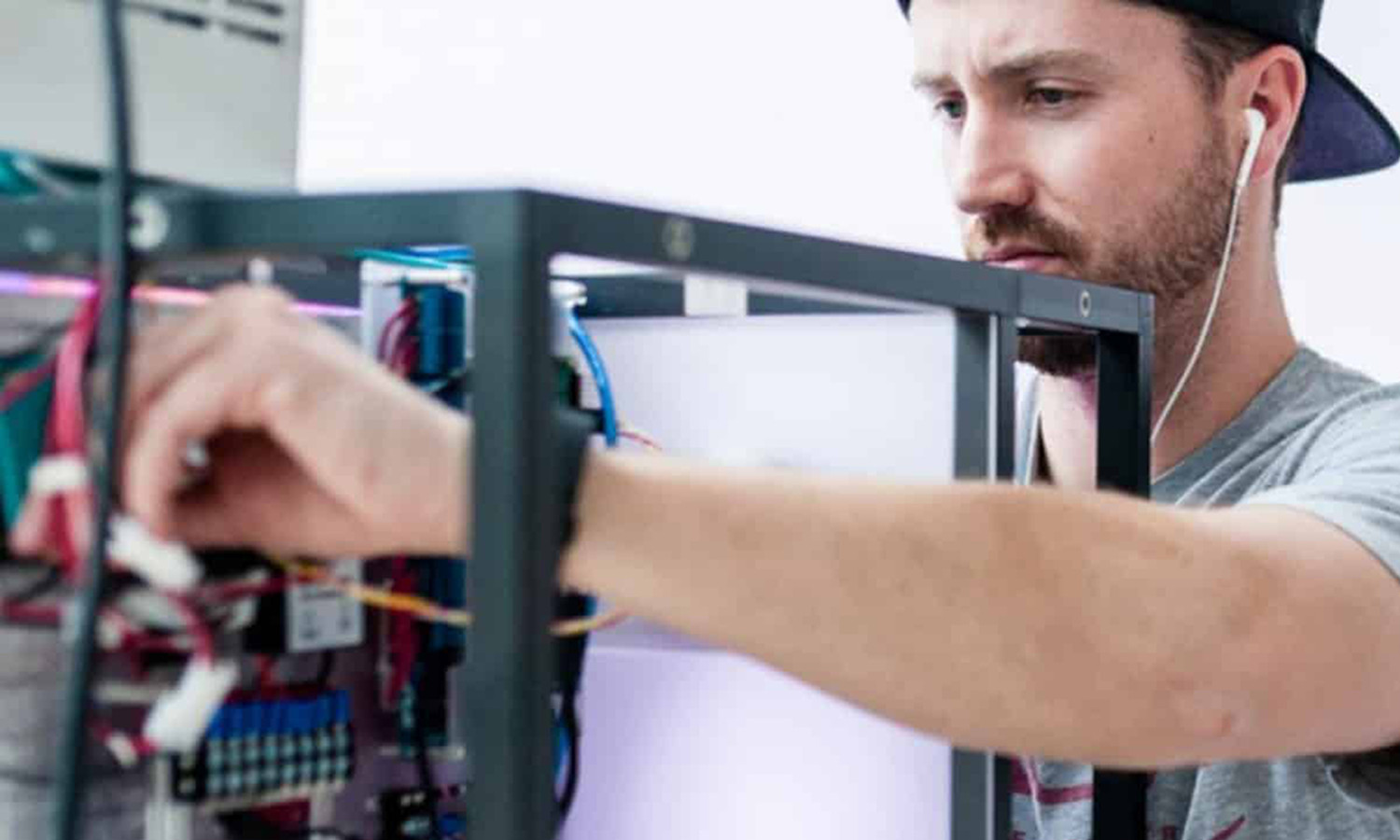The United Nations set the ambitious Sustainable Development Goal of eliminating hunger by 2030. To achieve it, the World Food Program (WFP) has turned to a Silicon Valley approach to aid. The idea is simple, according to Bernhard Kowatsch, Head of the WFP’s Innovation Accelerator: “Amid nearly unprecedented global conflict and natural disasters, it will take new solutions to end hunger by 2030.”
The Innovation Accelerator began in 2016 and its process, “Design. Fail. Iterate. Scale.” is reminiscent of a startup accelerator. The Innovation Accelerator accepts applications from WFP staff, aspiring startups, NGOs, and companies, selects the best, and offers funding and several months of coaching from the WFP and its partners.
Kowatsch explains that innovation is key to approaching hunger: “I believe that innovations have extraordinary potential to result in life-changing impact for hundreds of millions of people around the world.” Those already in use by the WFP include blockchain, artificial intelligence, increased internet access, and new business models, such as startup-driven innovation.
Projects emerging from the Innovation Accelerator are already making a difference. A hydroponics system called H2Grow has expanded to Algeria, Peru, Chad, Jordan, and Kenya. Designed by a Sahrawi refugee in an Algerian desert camp, the no-soil, water-efficient hydroponics system can be made from local materials. It enables people to grow vegetables and animal fodder in harsh environments, from deserts to urban slums. “It boosts the nutritional value of meals and improves families’ food security,” says Kowatsch.
In total, 30 projects have passed successfully through the Innovation Accelerator and eight have reached the scale-up phase, or “proven the potential to positively impact 100,000+ people and scale from one country to the next,” according to Kowatsch. One key example of these larger projects is Building Blocks, the blockchain-backed cash transfer system projected to serve 500,000 refugees in Jordan.
Kowatsch hopes that the impact of these projects will go beyond strengthening food assistance and emergency responses. While those are essential, “We need to do more than that. To identify bold ideas and nurture them into ‘disruptive’ or ‘transformative’ solutions. We see a big impact on the hungry poor with those innovations that enable food-insecure families to outgrow their need for external support.”
Developing and managing a program like the Innovation Accelerator comes with challenges, namely funding and bureaucracy. “The World Food Program is 100 percent voluntarily funded. Therefore, we have to rely on strong partnerships with governments such as Germany, which funds the core operations of the Accelerator,” explains Kowatsch. Even so, all projects need additional funds to scale up. These projects have raised over US$28 million to date.
In addition, “pushing innovations inherently means trying new ways of doing things, which typically is challenging for any large organization.” According to Kowatsch, the WFP’s strong teams and business owners have overcome this and led to project successes.
The future of humanitarian assistance will rely on these new high-tech and innovative projects, as well as on low-tech projects. Combining the two, says Kowatsch, has “the potential to strengthen food systems, shorten humanitarian response times, deliver assistance more efficiently, make funds stretch further, and create sustainable business models for transforming the globe.”











